Hyundai i10 Service - Workshop - Repair Manuals PDF Download
Hyundai i10 Service - Workshop - Repair Manuals PDF Download - hyundai i10 service checklist, hyundai i10 workshop manual download, hyundai i10 service schedule pdf, hyundai i10 2010 owners manual, hyundai i10 service book, hyundai service manuals free download, hyundai i10 2020 owner's manual, hyundai i10 2012 workshop manual pdf
A Korean developed and designed in Rüsselsheim and built in Turkey: The Hyundai i10 marks another important step for the Korean automaker into the European market.
For the 2017 model year, Hyundai equips the i10 with all sorts of technology. Much of it has so far only been available in the luxury class. Thus, the South Korean is even better equipped against the class leader VW up!
Design and equipment
Externally, the Hyundai i10 is now recognizable by its new distinctive radiator grille and round LED daytime running lights. Rear fog lights are used at the rear, which take over the design of the front end. In addition, the side protection strips have been rearranged, and the aluminum rims round off the design.
Hyundai has not skimped on the equipment and has added all kinds of extras to the portfolio. In the future, automatic climate control, a heated steering wheel, heated seats and the Smart Key system will be among the extras.
Assistance systems and engines
Various assistance systems are also included to support the driver on his journeys. These include, for example, the multifunction camera in the windshield, the front collision warning system or the lane departure warning system.
The car is powered by the familiar range of engines, which produce 67 hp and 87 hp. It has a five-speed manual transmission, or optional four-speed automatic.
As an economical and well-equipped subcompact, the Hyundai i10 is a serious competitor to other models in its class - such as the VW up. The buyer can choose from various engine options: With a consumption of 4.6 and 4.9 liters per 100 kilometers, the Hyundai is very economical, but the top speed is also only 155 and 175 km/h, respectively. However, this is perfectly adequate for city driving, and city streets are likely to be the most frequented terrain for the small Korean. The good noise insulation also ensures that it drives extremely quietly through the streets. The small Hyundai can also keep up with its competitors in terms of price: The base model is already available from a price of 9,950 euros.
Equipment lines for every taste
Four different equipment lines offer a wide range of different interiors: the basic version includes electronically assisted power steering, central locking and an on-board computer. The Classic equipment line is already much more comfortable with air conditioning, an audio system and CD player. The Trend version also comes with power windows, a height-adjustable driver's seat and a heated steering wheel, while the Style variant offers the most extensive equipment with LED daytime running lights, fog lights, cornering lights, alloy wheels and a Bluetooth hands-free system.
An absolute eye-catcher inside and out
At 3.67 meters long, the Hyundai is even a full 13 centimeters longer than its strongest competitor, the VW up. The wheelbase of 2.38 meters also offers enough space for four full-grown people, and the trunk with a volume of 252 to 1046 liters is exceptionally spacious for a car in the subcompact category. The headroom and knee room in the rear is astonishing. The stylish dashboard is just one successful detail that makes the small city car a visual eye-catcher. From the outside, Hyundai's smallest convinces with its sleek and charming design.
The Hyundai i10 is not only a real alternative to the competitors in its class in terms of price - the Korean convinces even the strongest doubters with its equipment, interior and exterior. In addition to the aforementioned Volkswagen, it also faces Seat Mii, Skoda Citigo, Peugeot 108, Toyota Aygo and Fiat 500...
Hyundai i10 Service - Workshop - Repair Manuals PDF Download
| Title | File Size | Download Link |
| Hyundai Grand i10 2015 – PDF Owner’s Manuals.pdf | 28.3Mb | Download |
| Hyundai Grand i10 2016 – PDF Owner’s Manuals.pdf | 5.4Mb | Download |
| Hyundai i10 2007 – PDF Owner’s Manuals.pdf | 3.3Mb | Download |
| Hyundai i10 2010 – PDF Owner’s Manuals.pdf | 37Mb | Download |
| Hyundai i10 2011 – PDF Owner’s Manuals.pdf | 5.4Mb | Download |
| Hyundai i10 2012 – PDF Owner’s Manuals.pdf | 16.8Mb | Download |
| Hyundai i10 2013 – PDF Owner’s Manuals.pdf | 62.3Mb | Download |
| Hyundai i10 2014 – PDF Owner’s Manuals.pdf | 3.1Mb | Download |
| Hyundai i10 2015 – PDF Owner’s Manuals.pdf | 9.1Mb | Download |
| Hyundai i10 2016 – PDF Owner’s Manuals.pdf | 9.1Mb | Download |
| Hyundai i10 2017 – PDF Owner’s Manuals.pdf | 5.7Mb | Download |
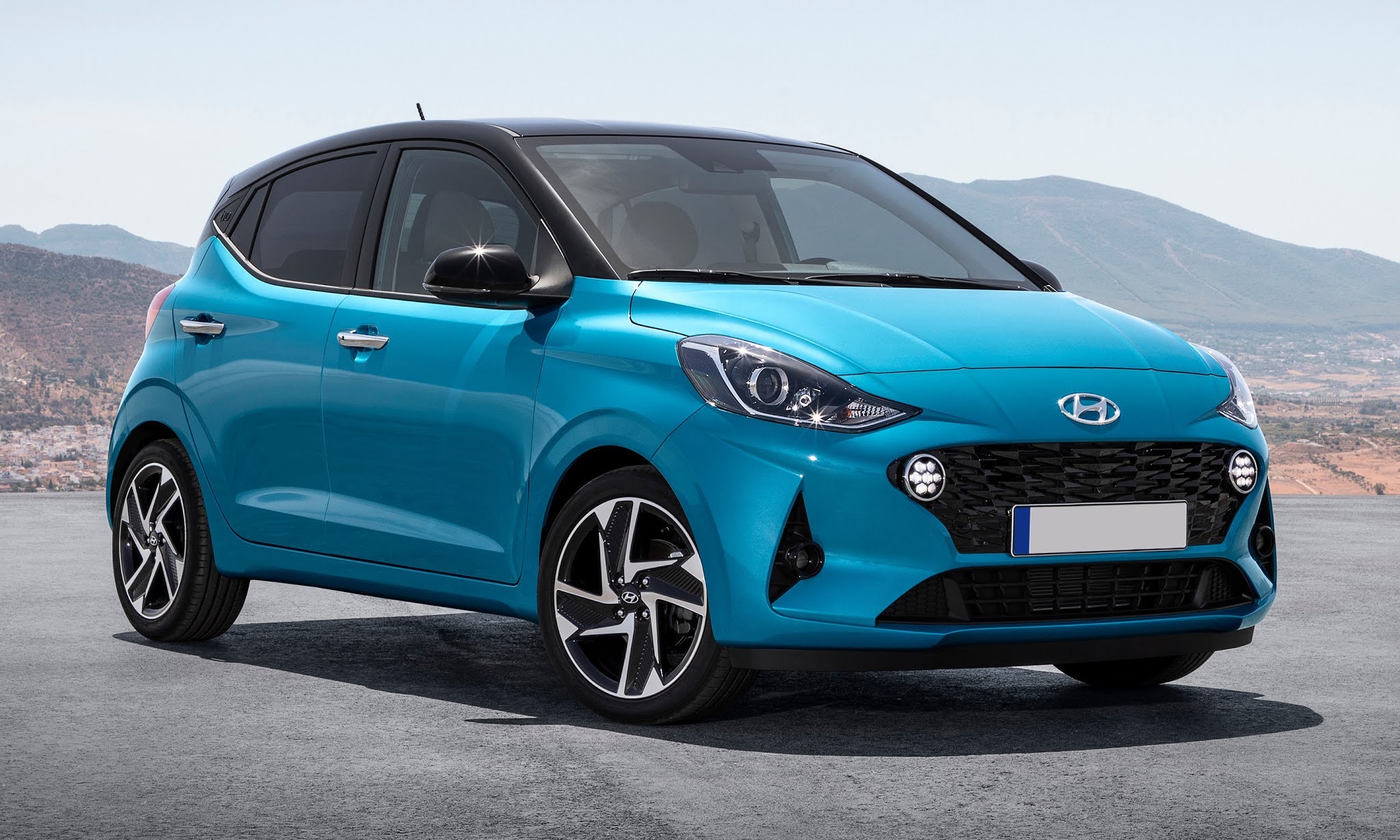
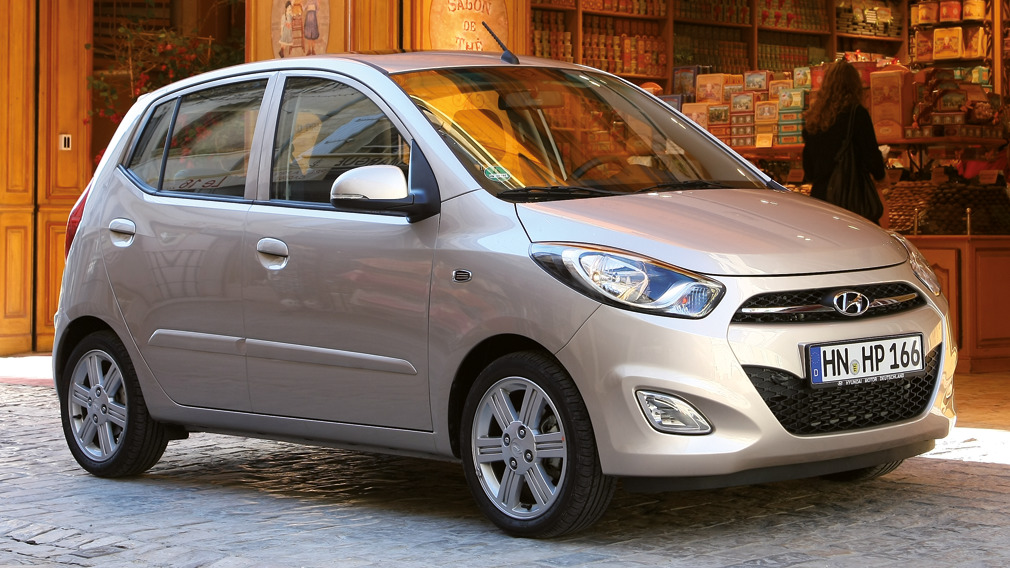
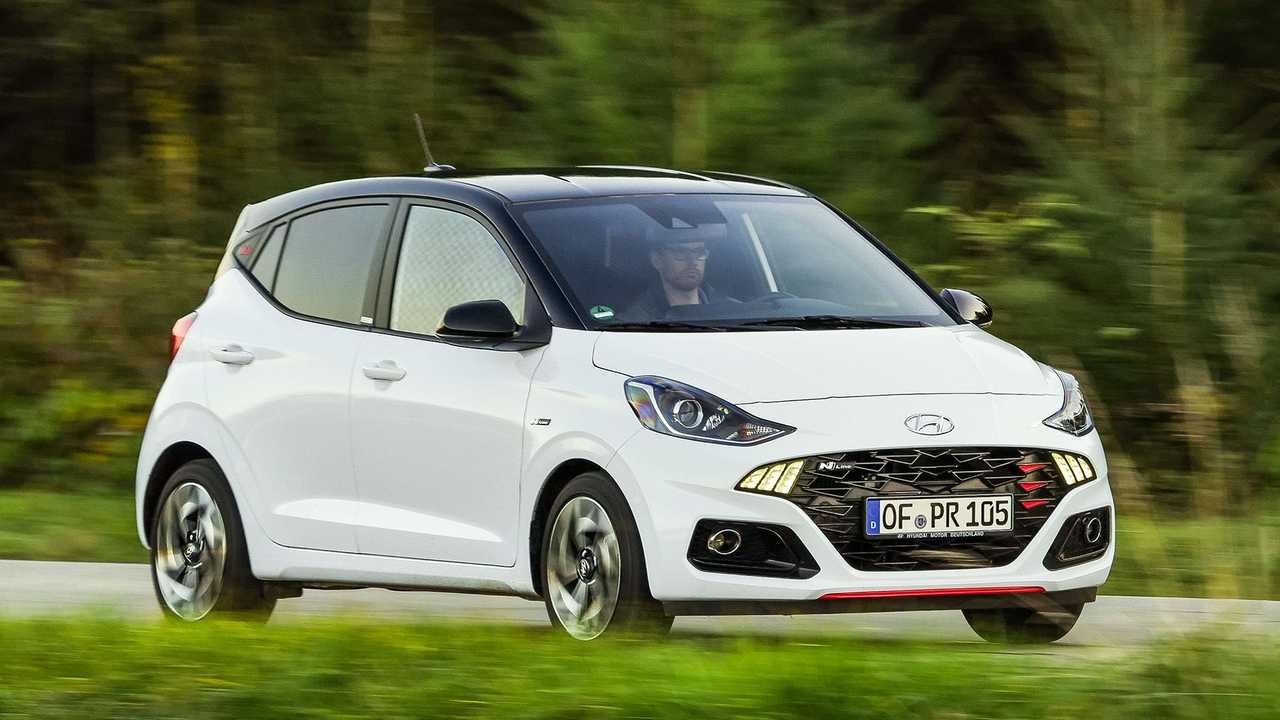
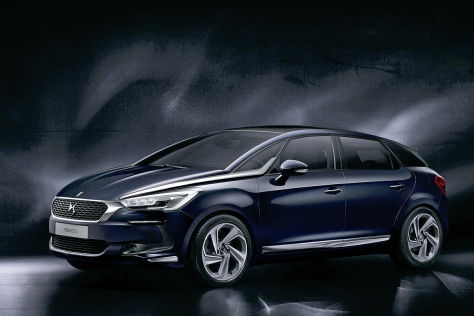
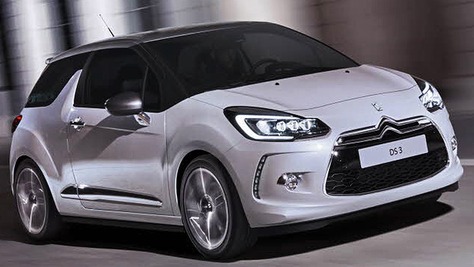
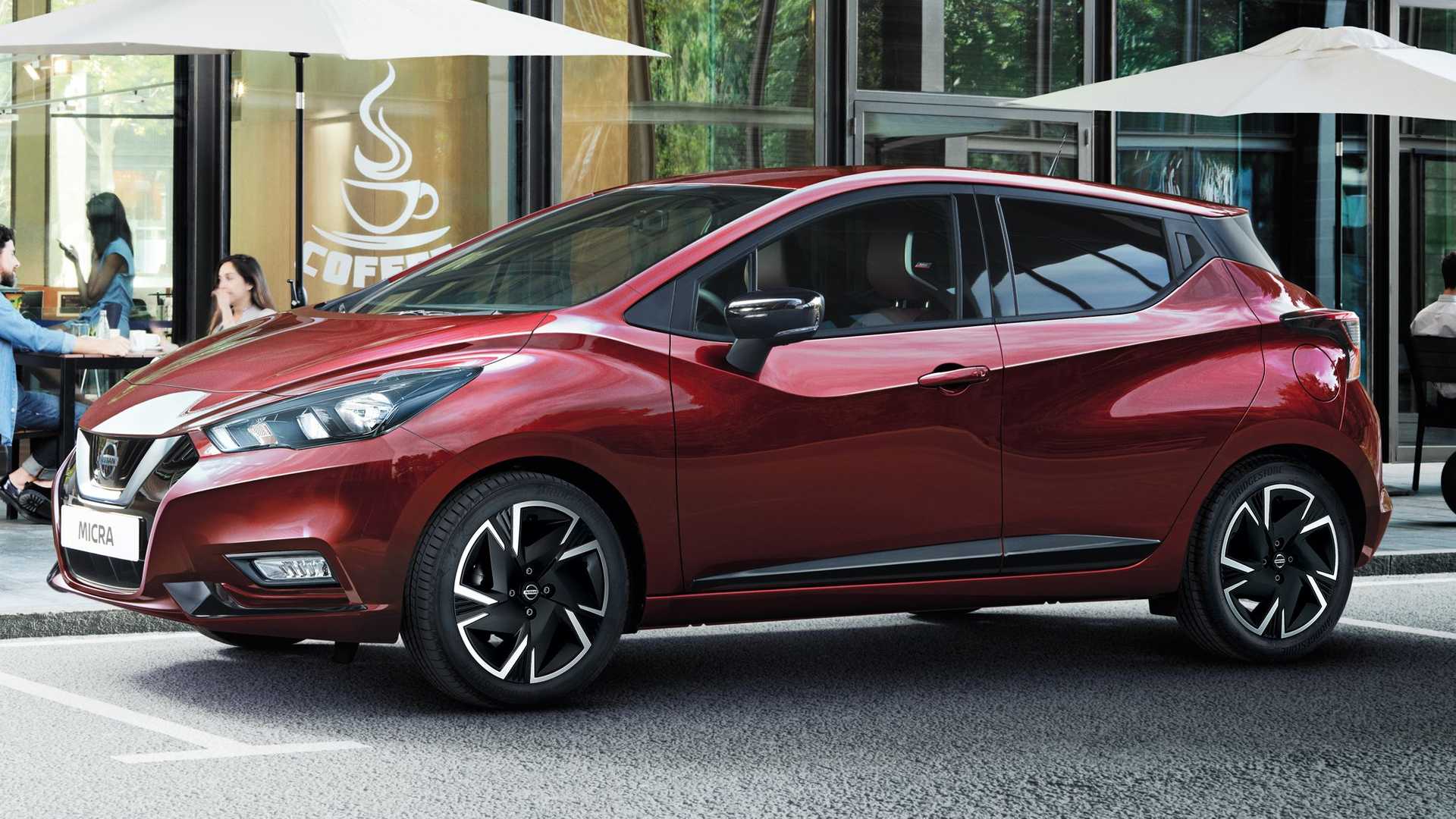

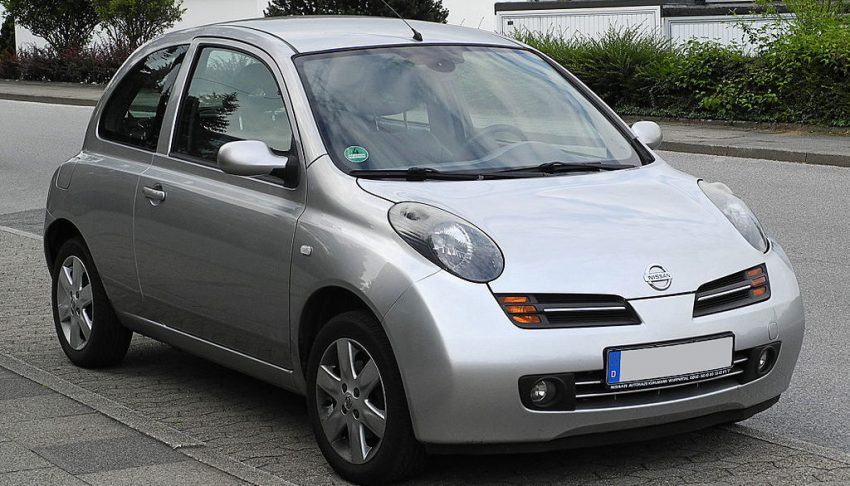
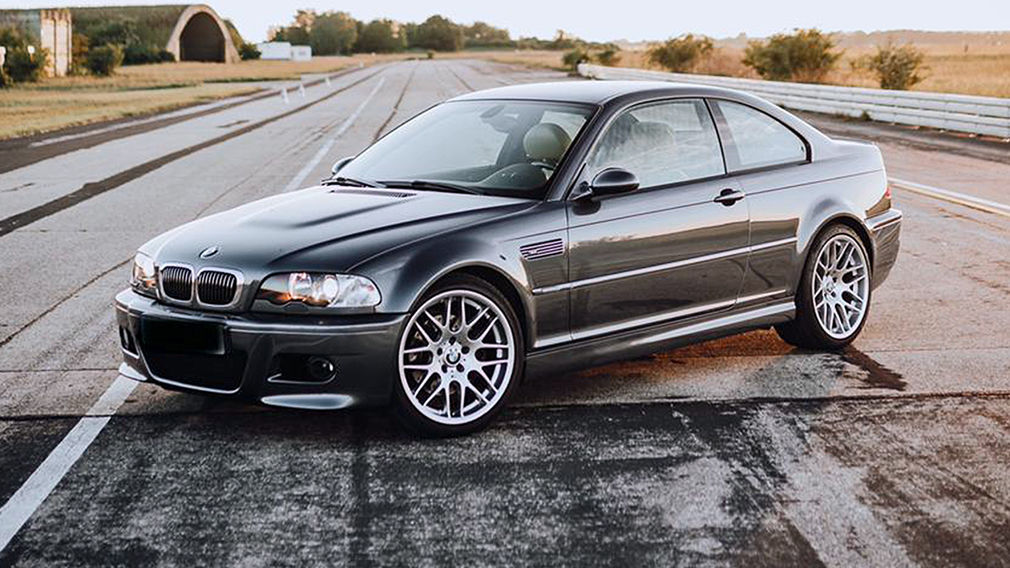
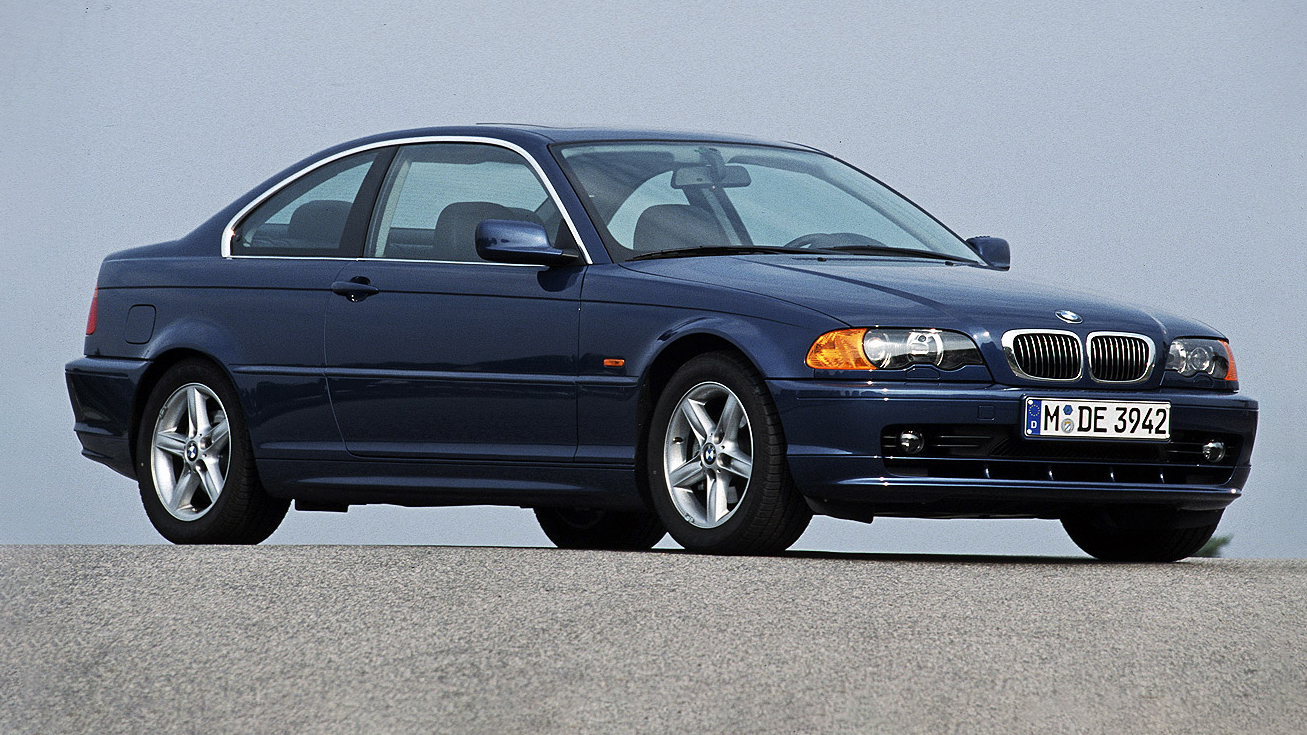


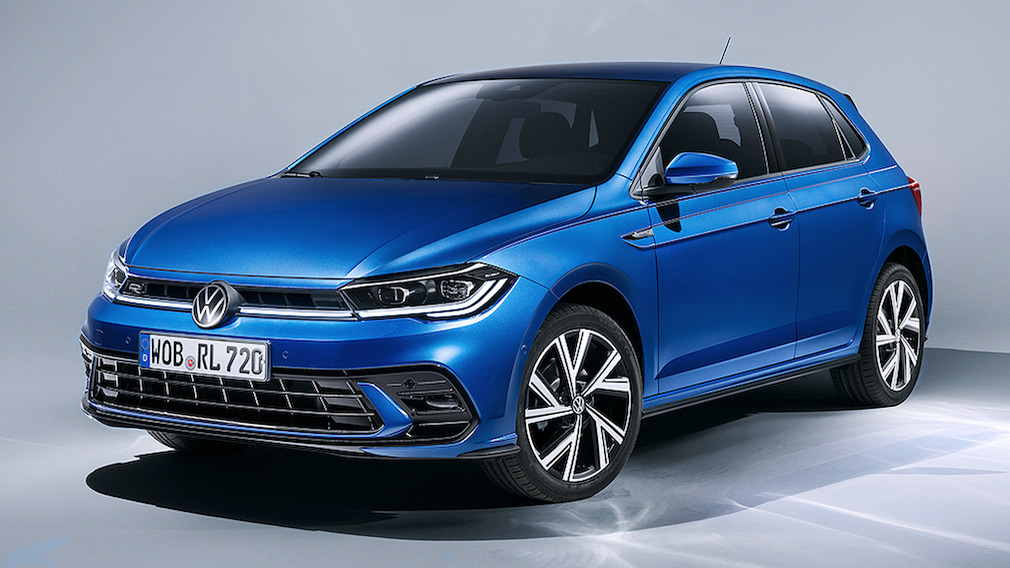
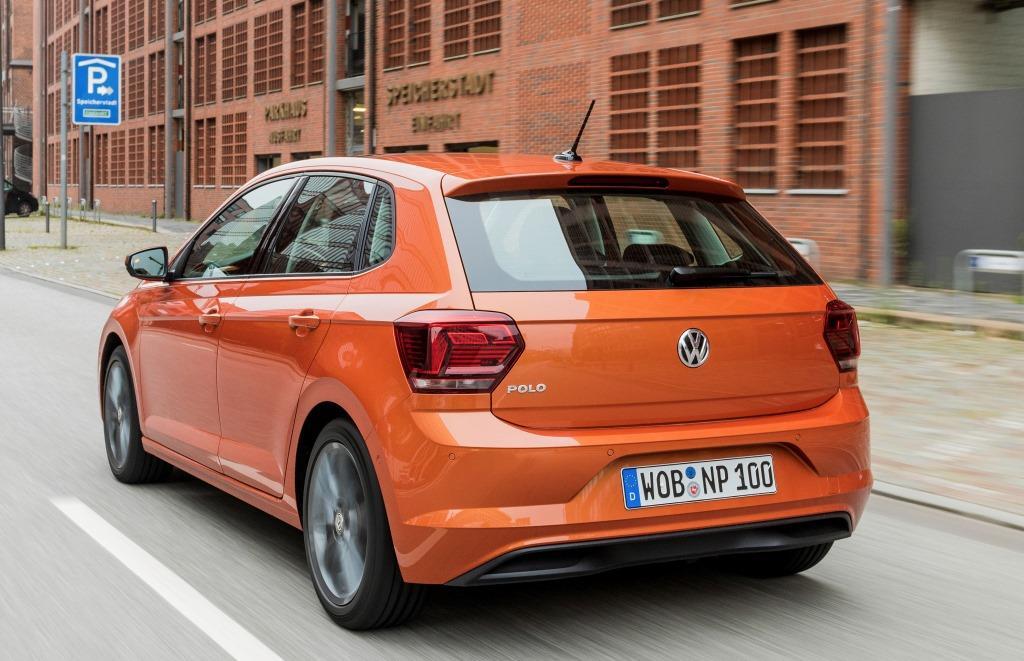

![Citroen Jumper Service, Workshop, Owner's Manual - PDF Download [1982 ~ 2016]](https://1.bp.blogspot.com/-qVDfrrh9Ai8/YLtUFvQYxFI/AAAAAAAAAUU/P6XygabHEIQDAqnRF0hwOsAu3_WdibklQCLcBGAsYHQ/w72-h72-p-k-no-nu/Citroen%2BJumper%2BService%252C%2BWorkshop%252C%2BOwner%2527s%2BManual%2B-%2BPDF%2BDownload%2B%255B1982%2B%257E%2B2016%255D.jpg)


